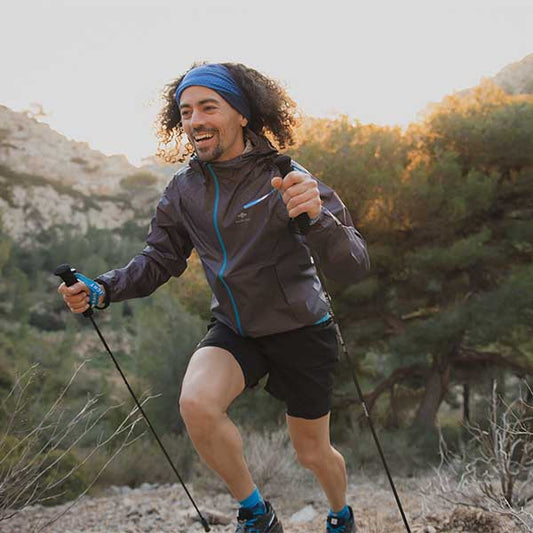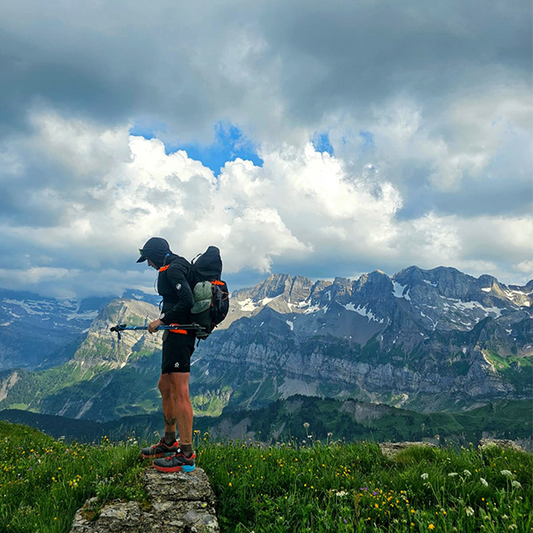When you set off on a long-distance trail run, packing your bag properly is essential to guarantee comfort, safety and performance. Whether you're training in the mountains or taking part in an official race, the right equipment will help you avoid the unexpected and maximise your enjoyment of the trails. Here's a complete checklist to optimise the contents of your trail bag according to your needs.
The trail pack : a strategic choice
Your trail bag should be light, ergonomic and well-fitting. Choose a 5-12 litre pack, depending on the length of your outing. Models with several pockets and quick access to essentials are recommended.
Hydration: keeping up your performance
Hydration is a key to success in trail running. There are several solutions available to you:
- Soft flasks(2 x 600 ml) : Practical and lightweight, they provide quick access to water.
- Water bladder (1,2 à 2L) : ideal for long distances and keeping your hands free.
- Electrolyte tablets to prevent dehydration and compensate for mineral losses.
Nutrition: fuel for your effort
Your pack must contain enough energy to avoid fatigue:
- Energy bars and gels : easy to eat and digest.
- Dried fruit and oilseeds : a natural source of carbohydrates and healthy fats.
- Compotes in flasks : practical and easy to digest.
- Salt and sugar : to prevent cramps and maintain a good electrolyte balance.
Compulsory and safety equipment
Depending on the terrain and the weather, here are the essentials to take with you:
- Waterproof and breathable jacket: lightweight and compact, it protects you from the elements.
- Survival blanket : Mandatory on most races, it helps to conserve heat in the event of a problem.
- Whistle : often integrated into the pack, useful for signalling danger.
- Headlamp and spare batteries : essential for night-time outings or unforeseen delays.
- Mobile phone : with battery charged and location application activated.
- GPS map or watch : according to your planned itinerary.
Appropriate clothing
To stay comfortable in all circumstances:
- Cap, Hat or neck gaiter : to protect you from the sun and wind.
- Lightweight gloves and hat: useful at altitude or in the event of a sudden drop in temperature.
- Change of socks : in the event of excessive humidity or blisters
Optional but useful equipment
- Trail poles : recommended for routes with steep gradients.
- Anti-chafing cream : to avoid irritation over long distances.
- Small first aid kit : dressings, elastic bandages, antiseptic, compresses.
Preparing your trail bag properly means anticipating your needs in terms of distance, altitude difference and weather conditions. A well-optimised pack means you can run with complete peace of mind and get the most out of your adventure in the great outdoors. Always adapt your equipment to your outing and test your gear in training to avoid unpleasant surprises on the run!
See our other articles:
How do you prepare your 12L bag for the UTMB®, Diagonale des Fous® or UT4M®?
How to prepare and organise your bag for the Marathon des Sables®?










